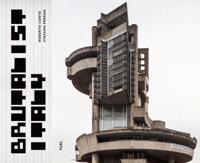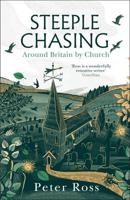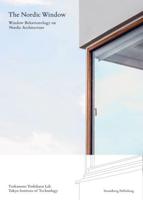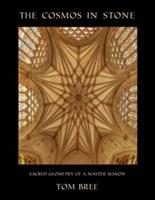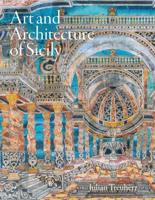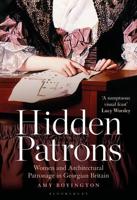Publisher's Synopsis
The drawing has always been our most essential method of communication. Drawings have offered us both a glimpse into the past and a view to the future. As a vehicle of transferring ideas, it is without equal. As the computer gains ground in our society, the drawing and the ability to execute it are diminishing. Many architectural educators continue to extol the virtues of the drawing and the sketch; however, students seem to not comprehend the value and the didactic nature of this fundamental act. The availability of paper during the Renaissance, ushered in a power, recognition and acceptability of the drawing. Suddenly an architect or artist could sketch an idea and the concept could be communicated to others far afield. This phenomenon has remained unchanged for hundreds of years. It lingers today; however, it increasingly is seldomly used. Sketches today are seen more as trophies of the past. Designers often create the sketches after the design is finished, as a nod to the past and as proof of their all too false process. Over the last thirty-five years, Andrews has discovered some interesting and disturbing things about the act of drawing. One should understand the nuances of the both the process and the product. It is a tremendously time-consuming action that offers no easy answers. One should both comprehend and value the end product. One should take possession of the project through the medium of the drawing and know it intimately by constructing it through that process. There are times when the act is accompanied by a sensation that is almost audible. This perception is brought on only by this particular type of toil. The drawing must become part of you.

